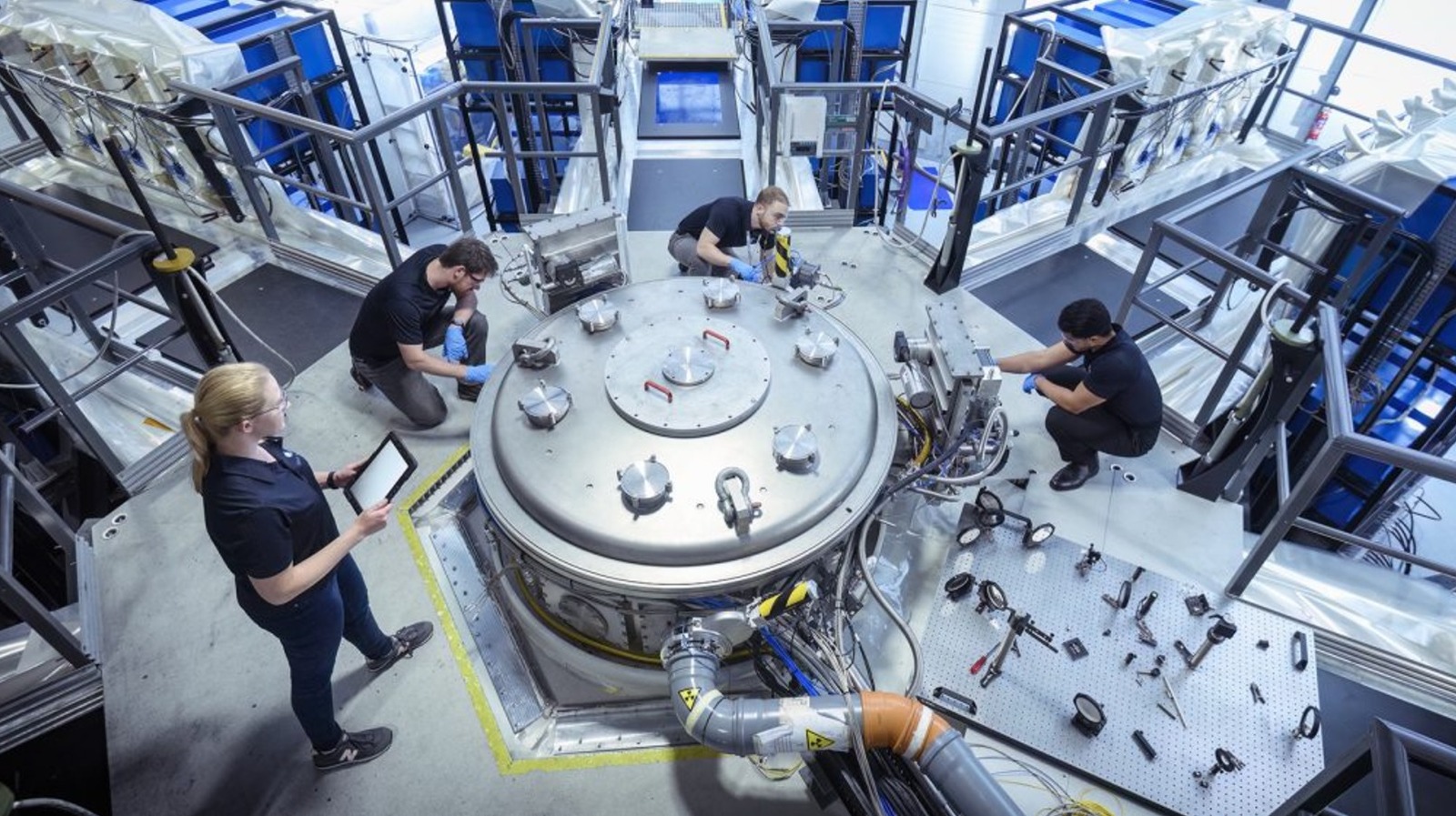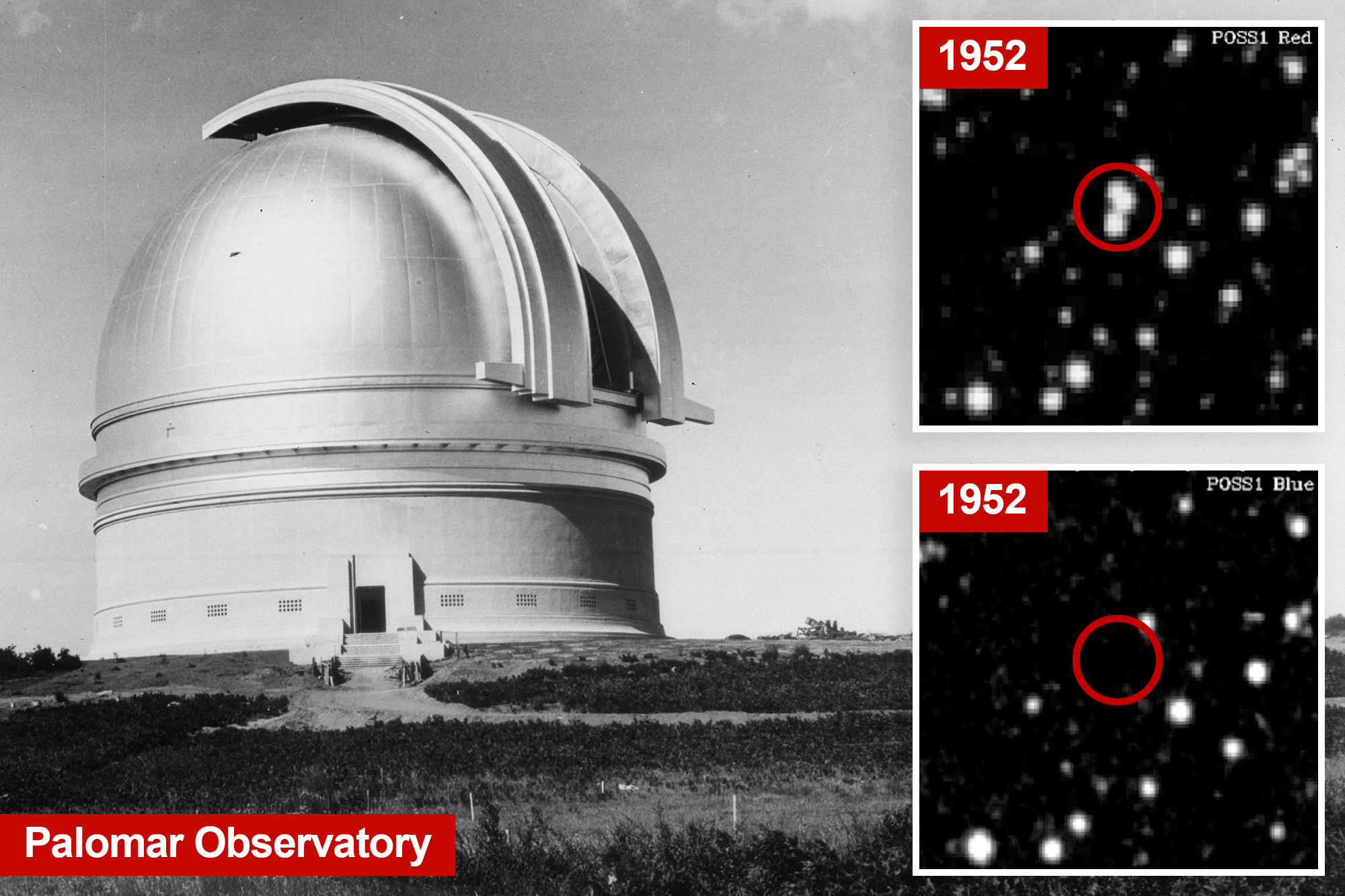Researchers from Kumamoto University have unveiled a remarkable species of deep-sea sea anemone that constructs shell-like homes for hermit crabs. This discovery, published on November 4, 2025, in the journal Royal Society Open Science, highlights a unique example of mutualism and co-evolution in the depths of the Pacific Ocean.
The newly identified species, named Paracalliactis tsukisome sp. nov., was discovered inhabiting the shells of the hermit crab Oncopagurus monstrosus at depths ranging from 200 to 500 meters off the coasts of Mie and Shizuoka Prefectures in Japan. Unlike typical sea anemones that lack hard skeletons, this species produces a distinctive shell-like structure known as a carcinoecium. This structure not only reinforces the crab’s shell but also expands it, providing a protective habitat.
Stable isotope analyses demonstrate that the anemone feeds on organic particles as well as the feces of the hermit crab, illustrating an efficient recycling process on the deep-sea floor. Researchers utilized advanced 3D imaging techniques, including micro-CT scanning, to reveal that the anemone consistently attaches to the shell in a one-directional manner. This pattern may relate to both its feeding habits and its shell-building behavior.
The relationship between the anemone and the hermit crab is mutually beneficial. The hermit crab enjoys a larger body size compared to its relatives, indicating a significant evolutionary advantage stemming from this partnership.
The soft pink hue of the anemone has inspired its name, tsukisome (桃花褐), which translates to “pale pink color.” This term is derived from an ancient Japanese word featured in the Man’yōshū (万葉集), Japan’s oldest anthology of poetry. In this context, a “tsukisome-dyed kimono” symbolizes gentle yet sincere affection, aptly reflecting the anemone’s delicate color and its loyal association with its hermit crab host.
“This discovery shows how even simple animals like sea anemones can evolve surprisingly sophisticated behaviors,” stated Associate Professor Akihiro Yoshikawa of Kumamoto University’s Aitsu Marine Station, who led the study. “Their ability to build a shell-like structure is a fascinating clue to understanding how animals perceive space and direction.”
The findings not only contribute to the understanding of deep-sea ecosystems but also shed light on the intricate relationships that exist between different marine species. The mutualistic bond between Paracalliactis tsukisome and Oncopagurus monstrosus exemplifies the complex interdependencies that can arise in nature, prompting further exploration into the dynamics of marine life.
For additional information, refer to the work by Akihiro Yoshikawa et al. in the Royal Society Open Science journal.







